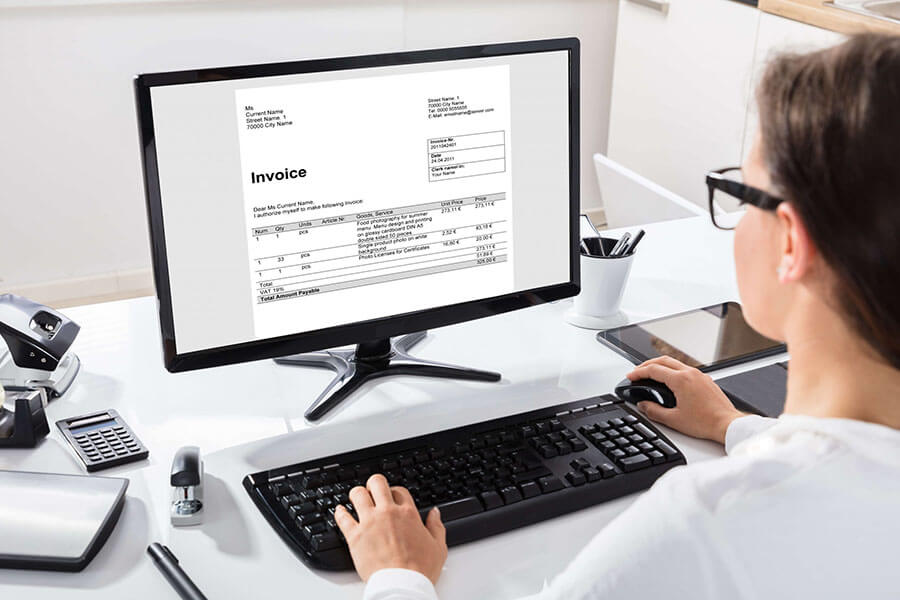
This document helps the customer keep track of their account balance and serves as evidence of the transaction. Accurate accounting entries ensure your financial statements and, thus, reflect your company’s current financial situation. This is especially crucial in industries like retail, manufacturing, and federal contracting, where precise financial records are important to keep.
Common Scenarios for Debit Memorandums
Once the root cause has been identified, the customer can take steps to prevent the issue from happening again in the future. This may involve working with the vendor to improve packaging or implementing new processes to ensure proper handling of goods. Breaking this down line by line gives the recipient visibility into what’s changing and why, and helps accounting teams verify it against their internal records or prior communications. Debit notes https://wondersports.co/order-of-liquidity-how-to-report-balance-sheet/ can also be used when additional services are provided, or changes are made to the initially agreed terms. Considering today’s busy and tight schedules of the employees in the industry, it is common to have made some mistakes by any employee.

Cash
A bank will take cash out of an account for insufficient funds, overdraft charges, bank service fees, and inspect printing charges, to name a few reasons. If your business has $10,000 in its checking account and the bank charges a service charge of $35, the account will be decreased by $35 to $9,965 with that decrease noted in a debit memo. You may see similar debit memos for, say, costs for bounced or printed debit memorandum definition checks. For example, suppose a supplier mistakenly charges a customer for an additional quantity of goods. Upon receiving the debit memorandum, the customer can compare it with their own records to identify the error and contact the supplier for rectification.

What are Examples of Debit Memos?

While debit notes are traditionally used to inform customers of additional charges or adjustments to invoices, they can also serve as reminders for outstanding payments. However, in broad terms, a debit memo is simply the opposite of a credit memo. Rather than a credit being applied to an account, additional funds are debited from the account.
- Be sure to include all necessary details, such as the reason for the adjustment, the original invoice number, and the updated amount due.
- When a debit memo is issued, the seller’s accounts receivable increase, and the buyer’s accounts payable go up.
- These indicators signal that the debit is not yet complete and the funds are earmarked for an upcoming charge.
- A debit memo is a notice from a financial institution or a business to a customer that there is a forthcoming adjustment (a debit or withdrawal of funds) to their account.
- Therefore, Cindy has created a debit memo to inform Toys N’ More of the increase in price due to current market conditions.
- By documenting the reasons for issuing these memorandums, businesses can easily track changes in their accounts payable and accounts receivable, facilitating effective financial management.
This also helps prevent any discrepancies in outstanding amounts and improves cash flow management. Both businesses and customers should retain credit memorandums for future reference and audit purposes. Businesses can refer to credit memorandums to track and reconcile accounts receivable, ensuring accuracy and preventing any unnecessary disputes.
Debit Note in Bank’s Books

For example, if a customer returns a defective product and receives a refund, the seller will issue a debit memorandum to record the transaction. The debit memorandum will decrease the buyer’s account balance, reflecting the refund or return. Reconciliation of memo debits is a critical component of financial management, ensuring that all provisional transactions are accurately reflected in an individual’s or business’s financial records. This process involves verifying that each memo-posted debit matches a corresponding finalized transaction. This verification helps in detecting any anomalies or errors, such as duplicate charges or incorrect amounts, which could affect financial stability and reporting accuracy. By understanding these of debit memos—credit adjustments for billing errors and returned goods for product returns—you can better navigate through potential issues with suppliers or customers.

When Do Businesses Issue Credit Memos?
- B. Clearly document the purpose and details of each debit or credit memorandum.
- For a bank customer, it explains a reduction in their account balance that was not initiated by a direct transaction they made.
- Always back each debit memo with clear documentation, like contracts, original invoices, or proof of extra work.
- Considering today’s busy and tight schedules of the employees in the industry, it is common to have made some mistakes by any employee.
The customer can then adjust their records accordingly, reflecting the credit and maintaining accurate financial information. A credit memorandum typically includes essential information to facilitate clear communication between the business and the customer. It commonly contains details such as the customer’s name, account number, date of the credit memorandum, and a description of the reason for the credit. Additionally, it includes the amount of the credit, any applicable taxes or fees, and the total adjusted balance. By providing comprehensive information, businesses ensure that customers can easily identify and reconcile the credit in their records. Debit memorandums are typically Outsource Invoicing issued when there is an error in the original invoice, such as an overcharge, duplicate billing, or a product return.


